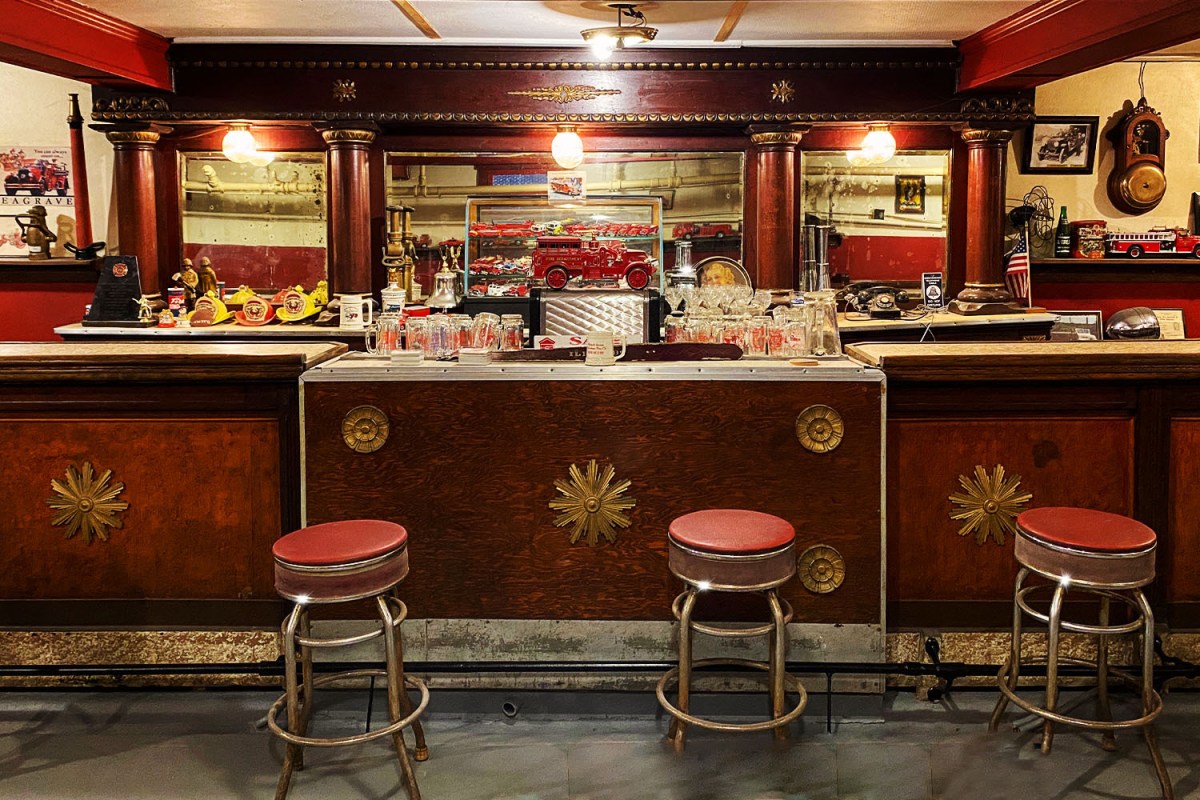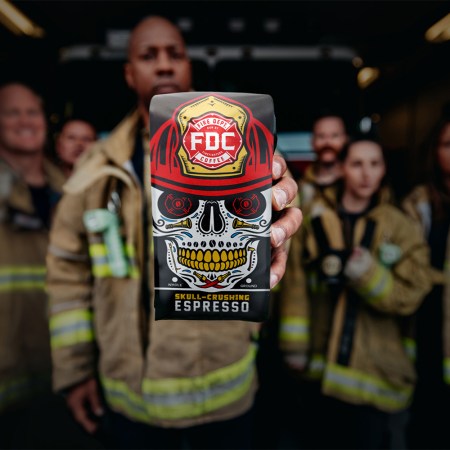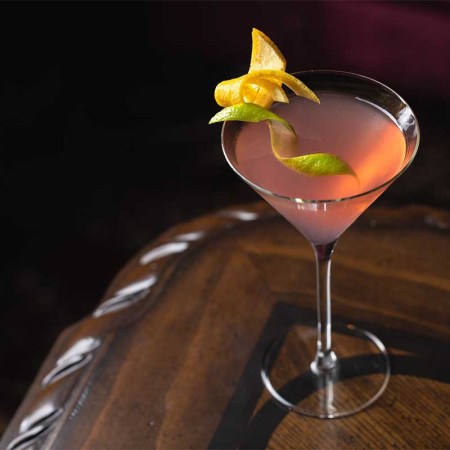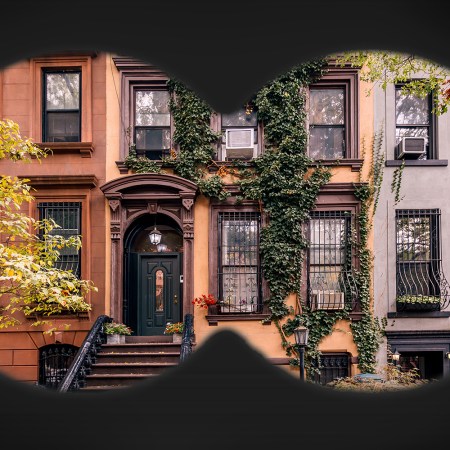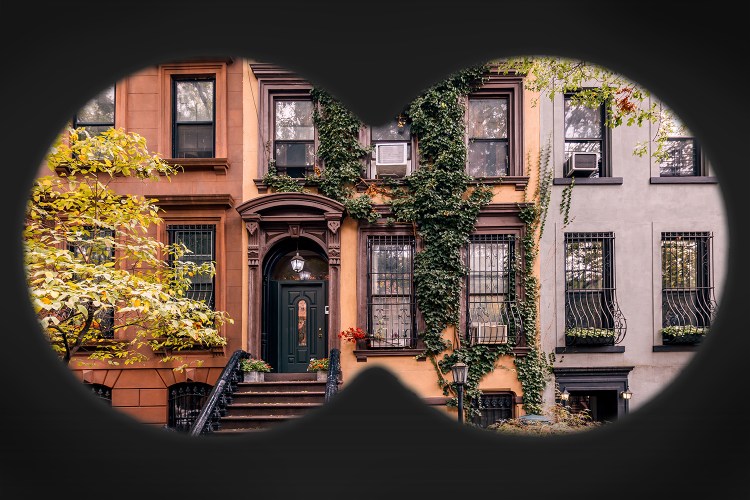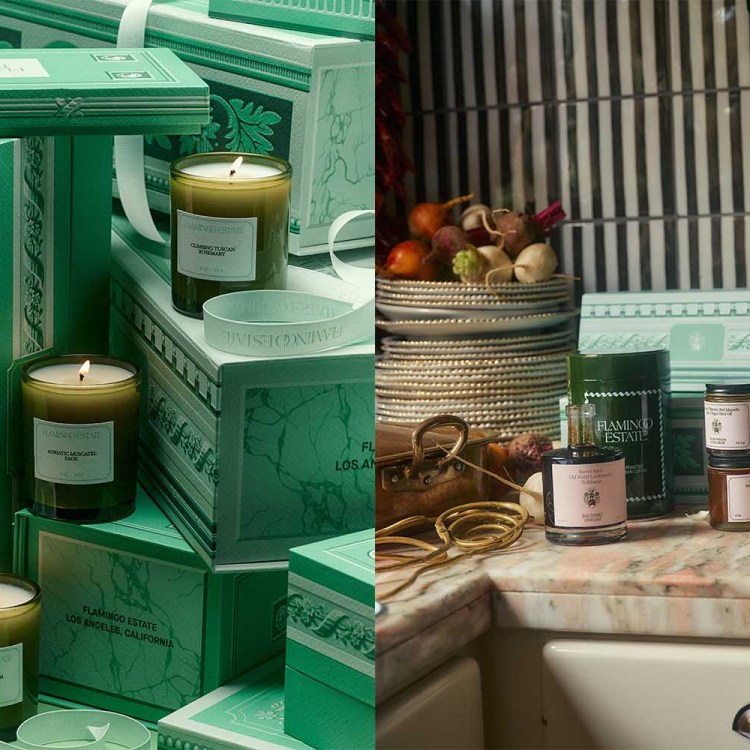It was late on the night of May 9, 2015, and the bar where my brother and I had been celebrating his 21st birthday had just announced last call. Given that we were in our hometown of Frackville, Pennsylvania — population 3,870 — there wasn’t exactly an after-hours scene.
Or so I thought.
It soon came to our attention that a friend-of-a-friend across the bar had the keys to the “hosey” and was willing to open it up to serve a few more Coors before the dawn broke.
If that last sentence made zero sense, it’s because you’re not from Schuylkill County, a place where volunteer fire companies are also bars — or in the local parlance “hoseys.” Like sweet sauce pizza (gross) or the pronunciation of “creek” as “crick,” it’s a regional quirk whose hyper locality became clear to me only when I’d left the area.
The history of the hosey
Michael Kitsock has been an active firefighter since 1969 when he lied about his age (15) to follow in his father and grandfather’s steps and join the American Hose Company #2 in Mahanoy City. Today he also serves as curator for the Schuylkill Historical Fire Society, making him something of an authority on hoseys.
Historic Firehouse Set to House Bruce Springsteen Museum
Greetings from Freehold, N.J.(A note on etymology: while Kitsock says that the term “hosey” was coined to refer to volunteer fire companies generally, with the phrase “cozy hosey” implying the existence of a bar, hosey by my time became shorthand for the bar itself. i.e., “Jimmy and I are heading to the hosey for a couple of Yuenglings.”)
According to Kitsock, volunteer fire companies in Schuylkill County proliferated at a rapid clip — from one in 1809 to 136 by the 1930s — due to a 19th-century immigration wave that brought largely Irish, Welsh, German and Polish transplants to the area to work in the local coal industry. These new arrivals carved out tight-knit communities within their adopted homes, building ethnicity-specific churches and fire companies.
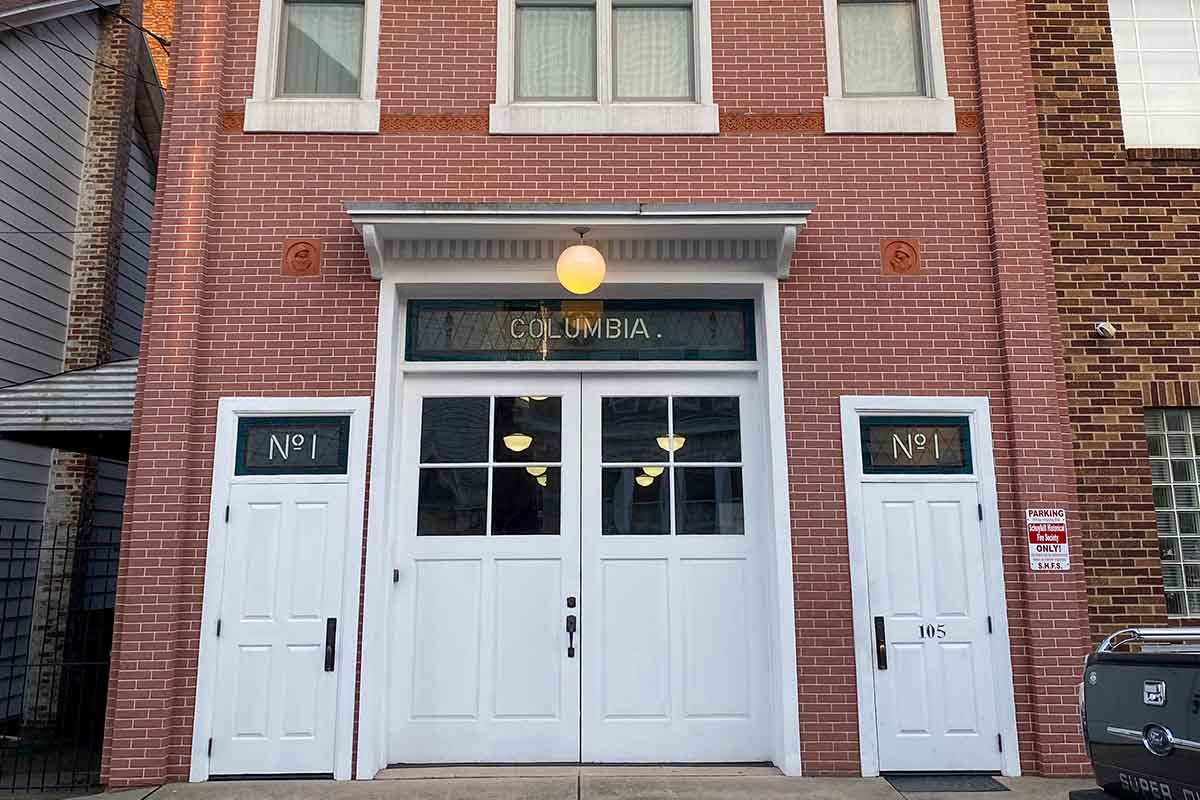
“For the immigrants, the most important buildings in the community were the churches and the fire companies,” Kitsock says. “The Irish had their fire company, the Germans had their fire company, the Polish had their fire company. You wanted to present your ethnic background in the most positive way, as being the first one to respond to the fire, to get first water on the fire, and to have the nicest equipment and the nicest uniforms.”
So, at a time when the county had a single paid firefighting position — the Fire Chief of Pottsville, the county seat — volunteer companies came to blanket each small town. The first-wave fire companies were often named explicitly for ethnicity, such as the still-existing Polish American Fire Company #4 in Shenandoah.
Later fire companies eschewed explicitly ethnic names for patriotic or virtuous-sounding titles, but still served specific blocks. Mahanoy City alone — a community of nearly 16,000 at its 1910 peak, but just 3,513 today — hosted the Humane Fire Company #1 (Irish), the Washington Hook and Ladder (Welsh), the Citizens Fire Company #2 (German Protestant) and the Good American Hose Company #3 (German Catholic).
Along the way, something predictable happened: these community-centric firehouses became local hangouts, complete with card games, locally brewed beer and sometimes cheap, hard liquor for working men to enjoy. While they remained true to their original mission, fire companies began to serve their communities in another fashion.
“It became an opportunity for them to socialize to relax, have a few beers with people of your own kind and that became an important element of life,” Kitsock says.
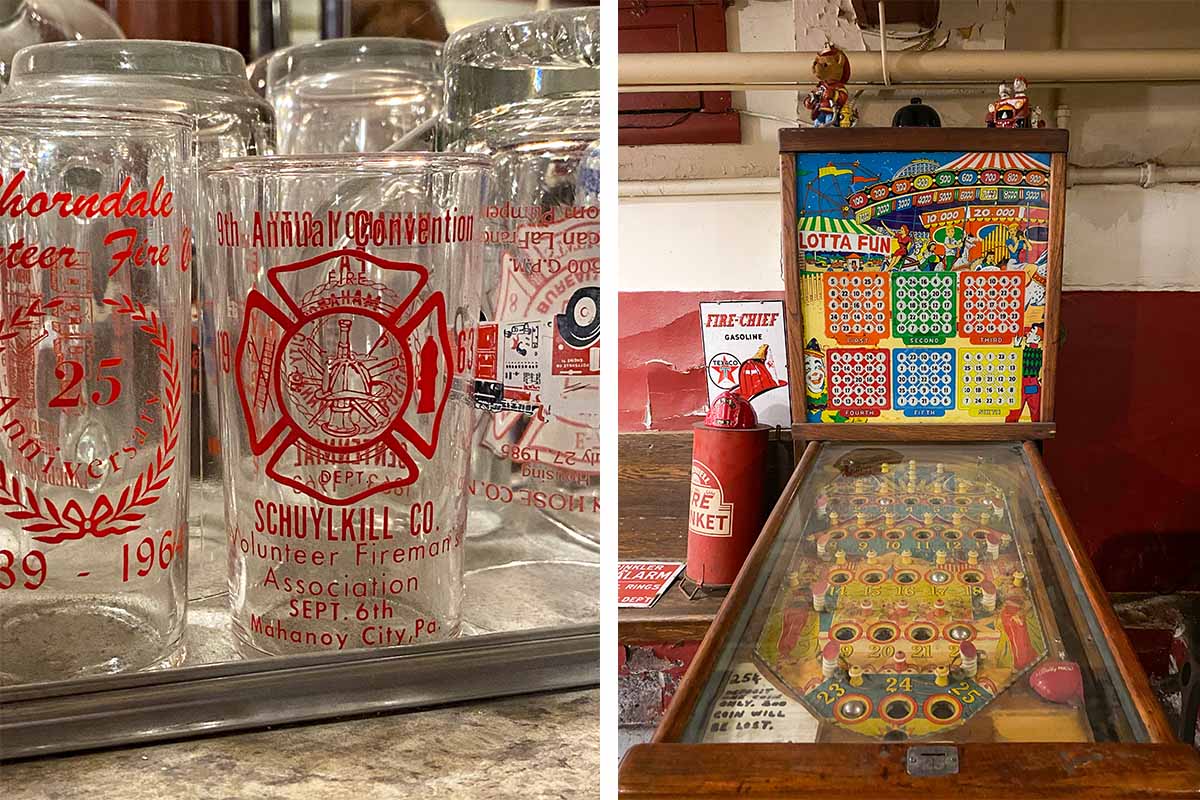
The bar was usually located in the fire company basement, which proved convenient when many chose to operate as speakeasies during Prohibition. The Columbia Fire Company building in Shenandoah, which was purchased by the Schuylkill Historical Fire Society in the 1990s, features a well-preserved 19th-century bar with a “miner’s trough” that allowed patrons to spit tobacco directly into a running stream at their feet (suffice to say, hoseys were historically a very male space).
Of the 100 volunteer fire companies Kitsock believes to be active in Schuylkill County today, he estimates that perhaps 85% feature bars, which can be divided into the three camps. The rarest of these is the restaurant liquor license, which allows the hosey to serve the general public much like any other bar. Far more common is the club license, which limits access to members and guests of members, but allows the establishment to serve alcohol until 3 a.m., outlasting Pennsylvania’s bars by an hour.
And then there are the hoseys that serve alcohol without any license at all, a local tradition not without precedent. “Growing up, it was ‘If they don’t cause trouble, we’re not going to bother them, because we know that they’re doing a good job in the community,” Kitsock says.
“Now if the illegal bar got out of hand — meaning complaints about loud noise and being open at four o’clock in the morning and things like that — then the police would do a raid and try to put an end to that operation,” he continues. “But for a lot of the companies, it’s pretty much ‘Don’t cause trouble and we won’t bother you. That’s a Schuylkill County thing.”
Is the hosey going out of style?
But not every fire company is so eager to roll out the barrel. The Good Will Hose Company #1 — one of three in the Frackville area — was once a major social hub. Member Matt Swartz, who also works as a professional firefighter in Washington D.C., recalls it being packed three-deep at the bar during its ‘80s and ‘90s heyday when his father volunteered there.
Today that same 50-seat bar is largely empty, save for the one or two retired firemen who drop in for a drink. “My generation of guys, we’re not really big on the whole drinking thing,” Swartz says. “Having a beer once in a while is ok, but times have changed now where you can’t really operate that way in today’s society. It’s just much different now.”
In addition, Swartz believes that the hosey scenes had begun to give local fire companies a bad — if undeserving — reputation. “It kind of put a black eye on the fire department,” he says. “For years, they always assumed that ‘Oh these firemen are fighting fires drunk’ and that just wasn’t the case.”
And while the draft lines don’t flow as freely as they once did — a phenomenon that Swartz says is increasingly common with younger firehouse crews — he acknowledges that the hosey built the Good Will.
“They made a lot of money back then on block parties and social clubs, which is why we have all the things we have today,” he says.
Hosey ranks have thinned in recent years: Swartz estimates that 25 fire companies disappeared in the county over the last decade, whether through mergers or outright closures. But for now, the peculiar institution of the hosey carries on, fighting fires and thirsts.
Join America's Fastest Growing Spirits Newsletter THE SPILL. Unlock all the reviews, recipes and revelry — and get 15% off award-winning La Tierra de Acre Mezcal.
